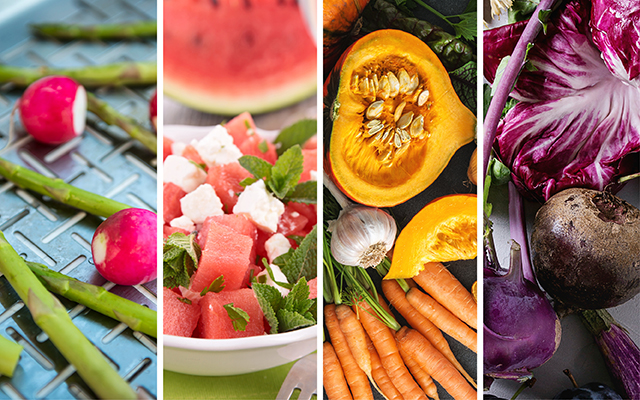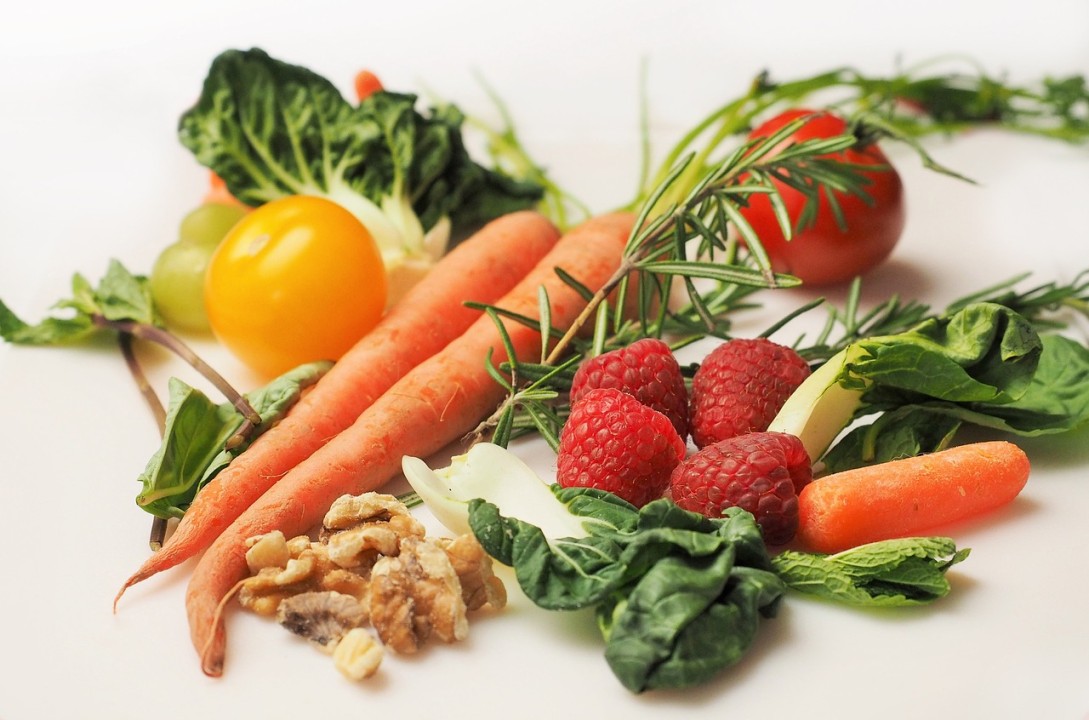
Seasonal eating is more than just a culinary trend; it’s a celebration of nature’s rhythm and a journey into the freshest, most vibrant flavors. I didn’t fully understand its beauty until I started visiting local farmers’ markets. Each trip felt like uncovering a treasure trove—plump, sun-ripened tomatoes in the summer, earthy root vegetables in the fall, and crisp greens in the spring.
One summer, I decided to embrace the idea fully, crafting meals that honored the ingredients of the season. My first attempt was a tomato and basil bruschetta, made with crusty bread and a drizzle of olive oil. The tomatoes were so flavorful they hardly needed seasoning, and the basil was fragrant enough to transform the simplest dish into a masterpiece.
As autumn rolled in, I discovered the comfort of roasted squash and apple soups, warming meals that seemed to echo the coziness of the season. Winter brought hearty stews with potatoes and carrots, while spring’s arrival meant dishes bursting with asparagus, peas, and bright citrus flavors.
What I love most about seasonal eating is how it simplifies the cooking process. The ingredients themselves are the stars, requiring little embellishment. It’s as if the earth gives us exactly what we need at the right time—cool, hydrating foods in summer, and grounding, warming ingredients in winter.
Beyond taste, there’s a connection to sustainability. Eating seasonally supports local farmers and reduces the environmental cost of importing out-of-season produce. It’s a mindful way to nourish not just ourselves but also our planet.
The art of seasonal eating is about more than food—it’s a way of living. It’s about embracing what’s fresh, celebrating what’s now, and finding joy in the natural abundance of every season.

